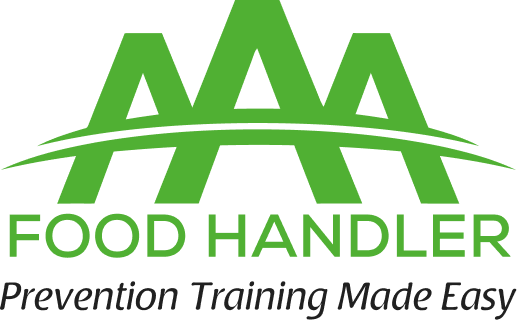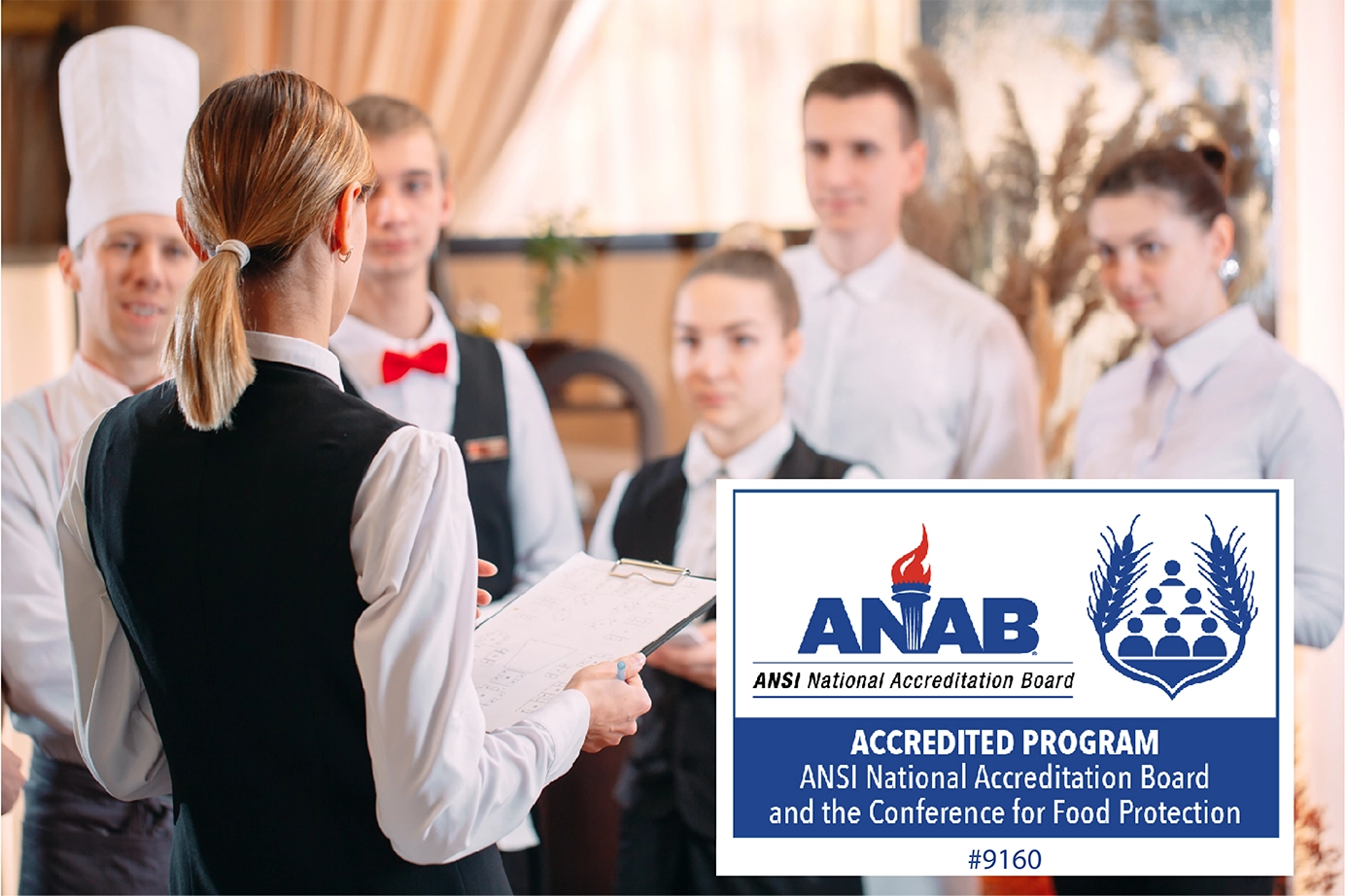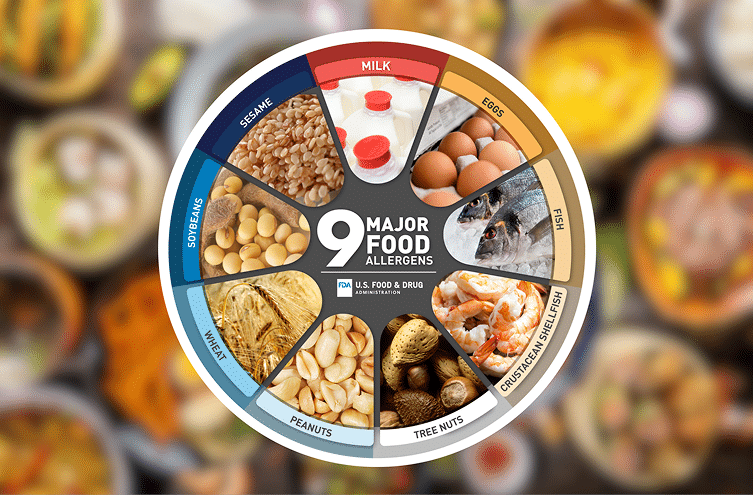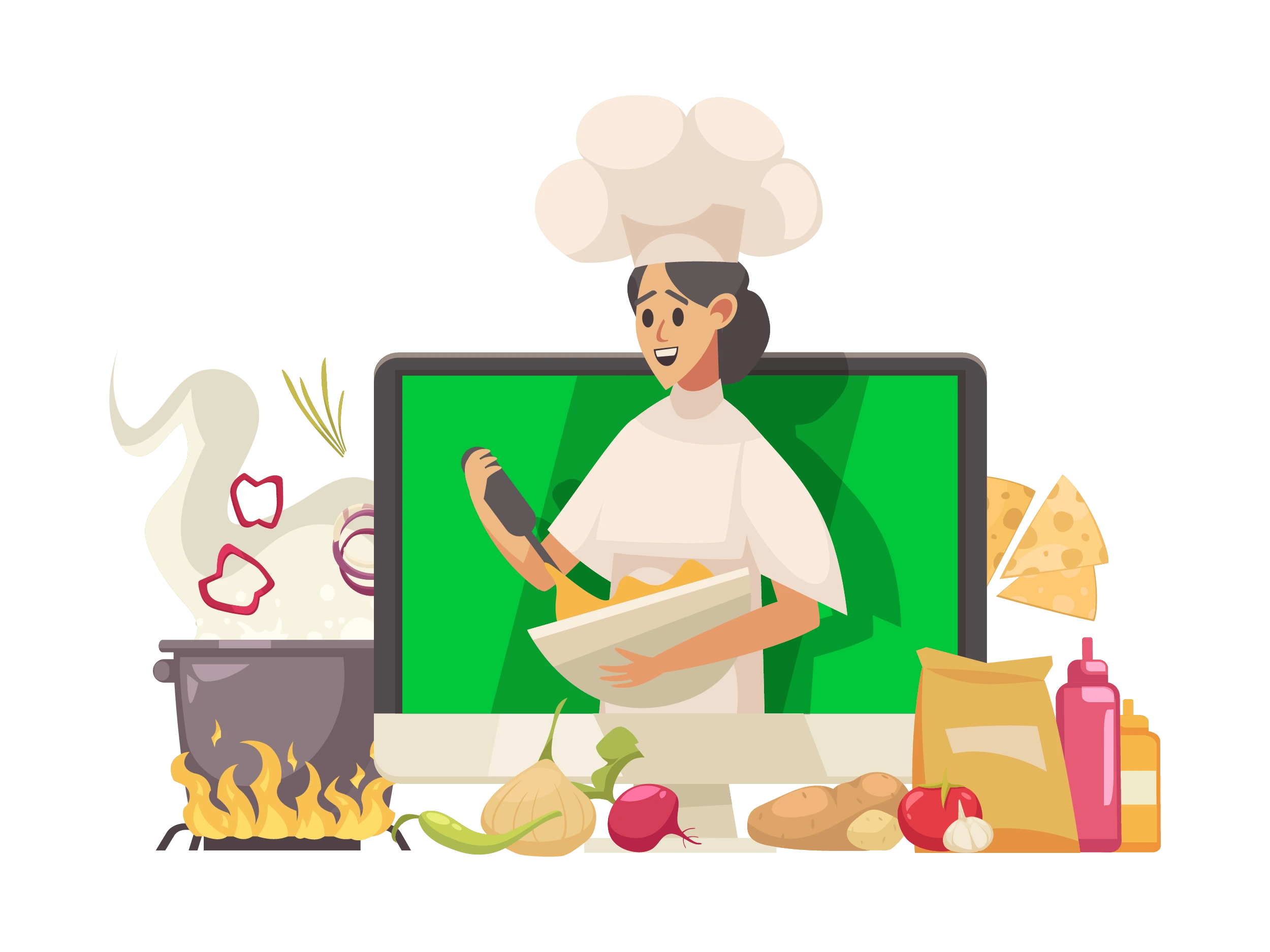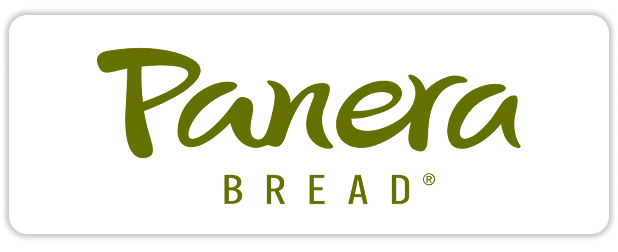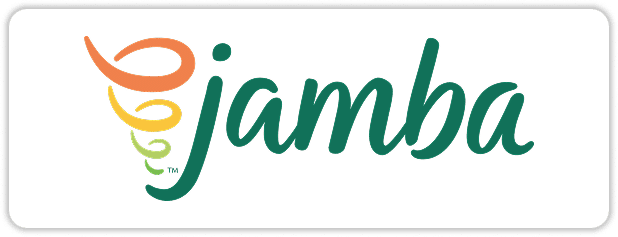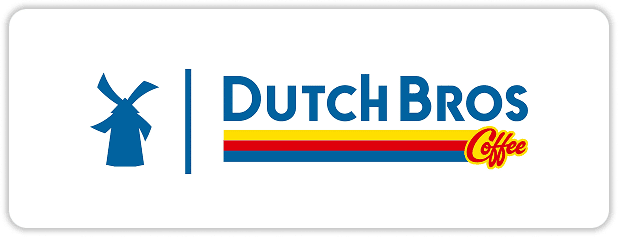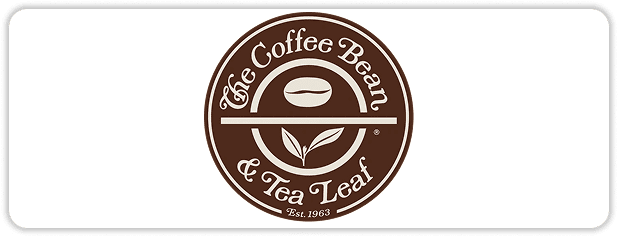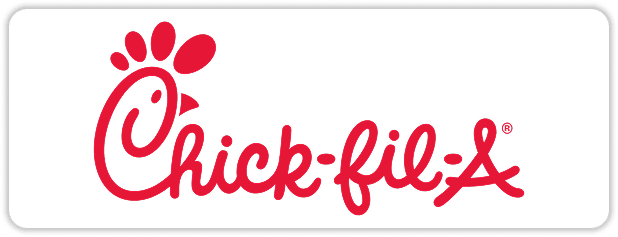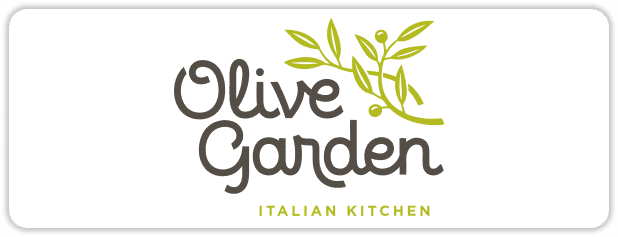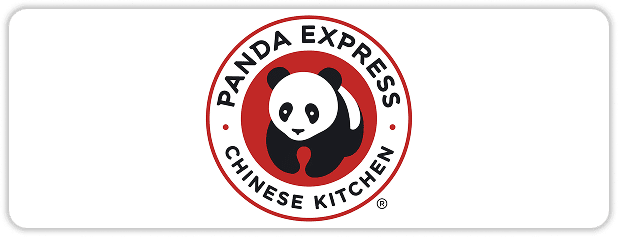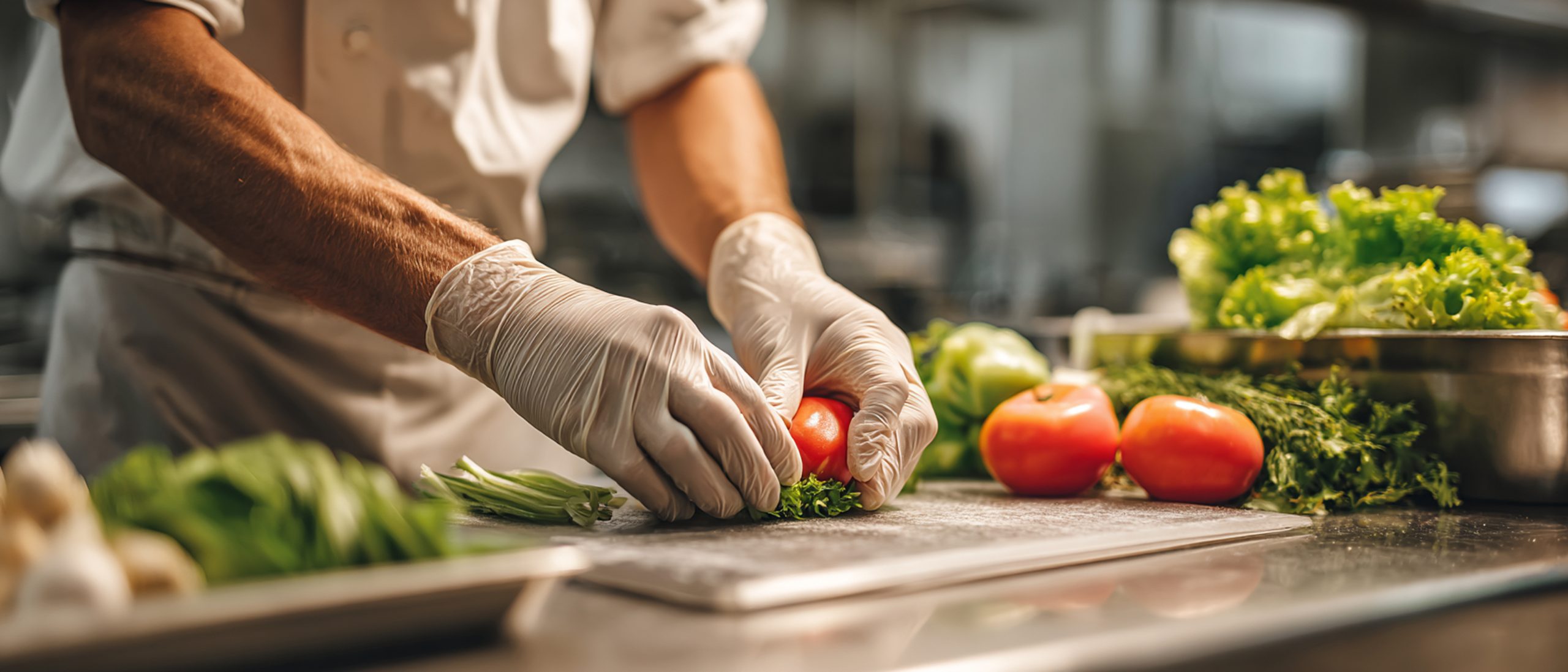
Food Service Worker Gloves: Essential Practices for Safe Food Handling
Gloves are one of the most basic yet crucial tools in any professional kitchen. They serve as a protective barrier between a food handler’s hands and the food being prepared, helping to prevent the transfer of harmful bacteria, viruses, and allergens. While handwashing is essential, it cannot completely eliminate all pathogens, and that’s where food service worker gloves come in. They provide an added layer of protection, particularly when handling ready-to-eat foods such as sandwiches, salads, or cooked meats, where contamination risks are highest.
Food safety is just as important as the taste and quality of the meals you serve. Even minor hygiene oversights can lead to cross-contamination and pose serious health risks to customers. Proper glove use, combined with regular handwashing, surface sanitization, and safe food handling practices, plays a vital role in reducing these risks. This article explains how food service workers should use gloves, when they are required, how to handle them safely, and the types of gloves suitable for different tasks, helping you maintain a safe and compliant kitchen environment.
Why Food Service Worker Gloves are Crucial
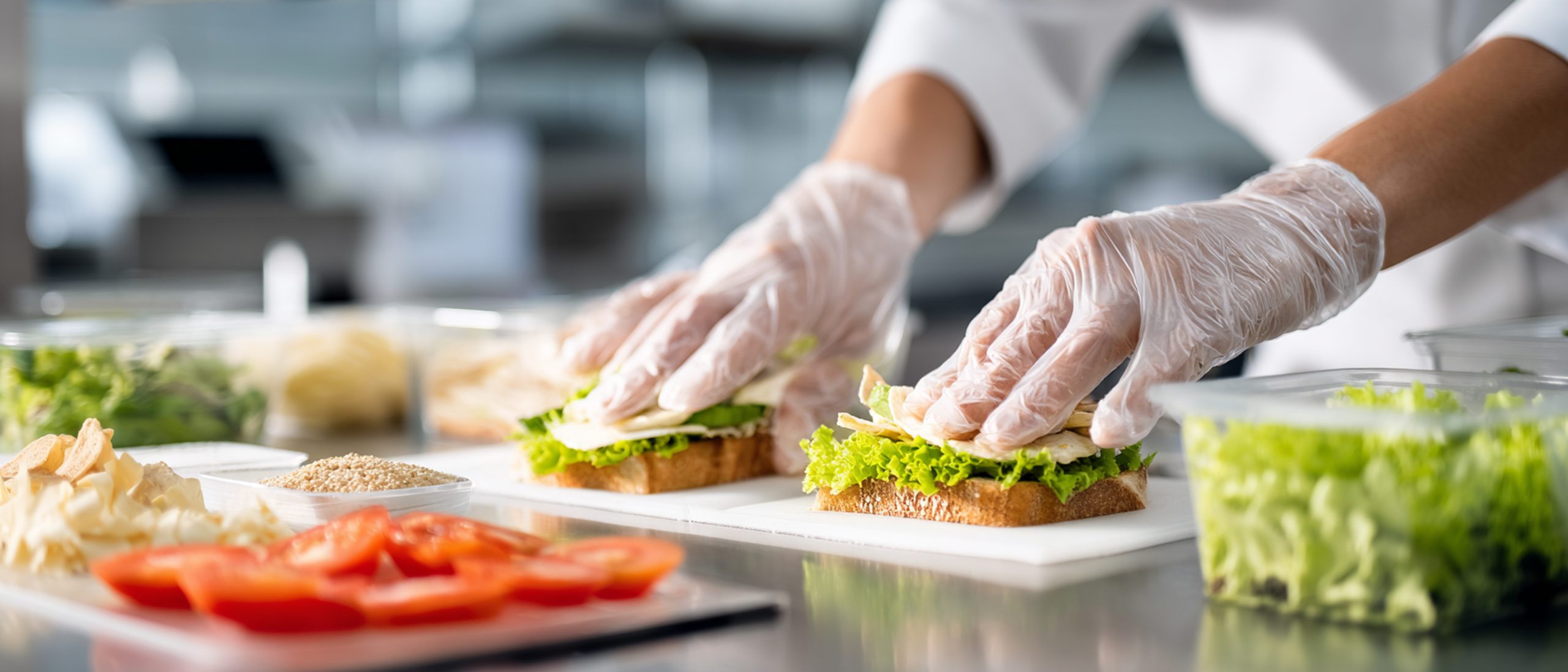
Food service worker Protective handwear are essential in the kitchen, as they serve as the frontline defense against contamination. When mishandled, ready-to-eat foods can easily carry bacteria like Salmonella or E. coli, which can cause severe foodborne illnesses. Gloves act as a physical barrier, preventing these pathogens from transferring from hands to food. They also help protect against cross-contact, which occurs when allergens from one food come into contact with another.
Even with frequent hand washing, microscopic organisms can remain on hands. Gloves, therefore, act as an added layer of safety, particularly when handling high-risk foods or preparing allergen-free meals. Using gloves correctly ensures that food remains safe from the point of preparation to the customer’s plate, helping maintain public health and the reputation of the food service establishment.
When Food Service Workers Should Wear Gloves
Gloves are primarily necessary when handling ready-to-eat foods, which do not require additional cooking before consumption. These ready-to-eat foods include items like cooked vegetables, hot dogs, burgers, pizza, sandwiches, salads, baked goods, and even spices or seasonings that are added directly to prepared dishes. Gloves also play an important role when preparing special allergen-free orders, helping prevent cross-contact.
It’s important to note that gloves are not a substitute for proper hygiene. Food service workers must properly wash their hands before donning gloves and must follow strict protocols to prevent contamination while wearing them. Even small oversights, such as touching a surface after wearing gloves, can compromise their effectiveness. Properly applied and regularly changed gloves are a simple, practical way to protect food safety in busy kitchens.
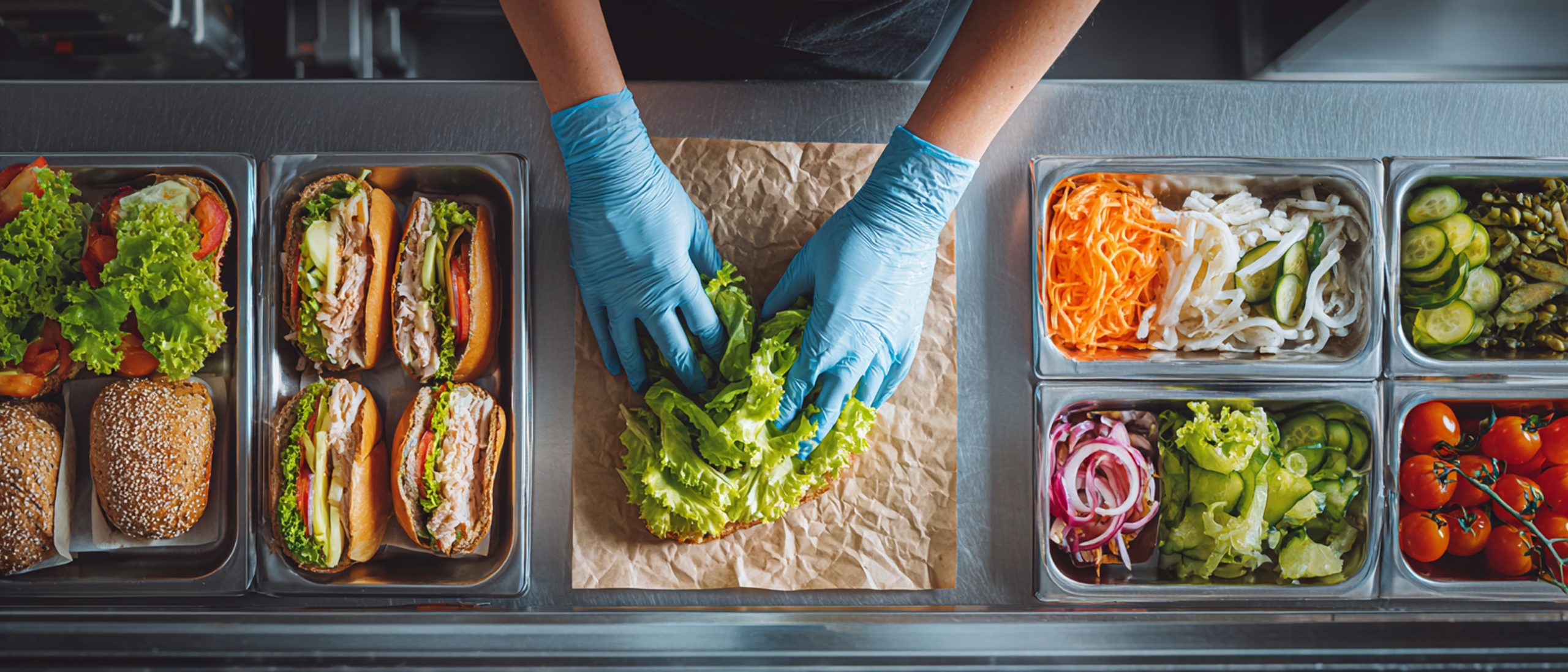
Alternatives to Gloves and Their Role
While gloves are highly effective, they are not the only way to maintain hygiene. In some settings, tools such as tongs, spatulas, deli tissue, or skewers can be used to handle ready-to-eat foods safely. These alternatives are particularly useful when food workers need precision or are handling allergen-sensitive orders.
In fact, when used correctly, these alternatives can sometimes be safer than gloves, as they reduce the risk of cross-contamination due to improper glove use. However, it’s essential to understand when gloves are preferable, especially for direct contact with food that is not being cooked before consumption. By combining glove use with these alternatives, food handlers can maintain high standards of hygiene across various kitchen tasks.
Mastering the use of Food Service Worker Protective Handwear
Gloves are an essential tool in keeping food safe, but even the most protective gloves can lose their effectiveness if not handled correctly. Proper glove use starts with preparation, awareness, and technique. Food service workers need to understand that gloves are not a substitute for hand hygiene; they are an additional shield to prevent harmful bacteria and allergens from reaching food. Handling gloves carefully ensures they serve their purpose in reducing contamination and protecting customers.
Before putting on your gloves, make sure you wash your hands thoroughly. Use warm water and soap for at least 20 seconds and then dry them with a single-use paper towel. Selecting the correct glove size is equally important: gloves that are too tight may tear easily, and gloves that are too loose can slip and compromise hygiene.
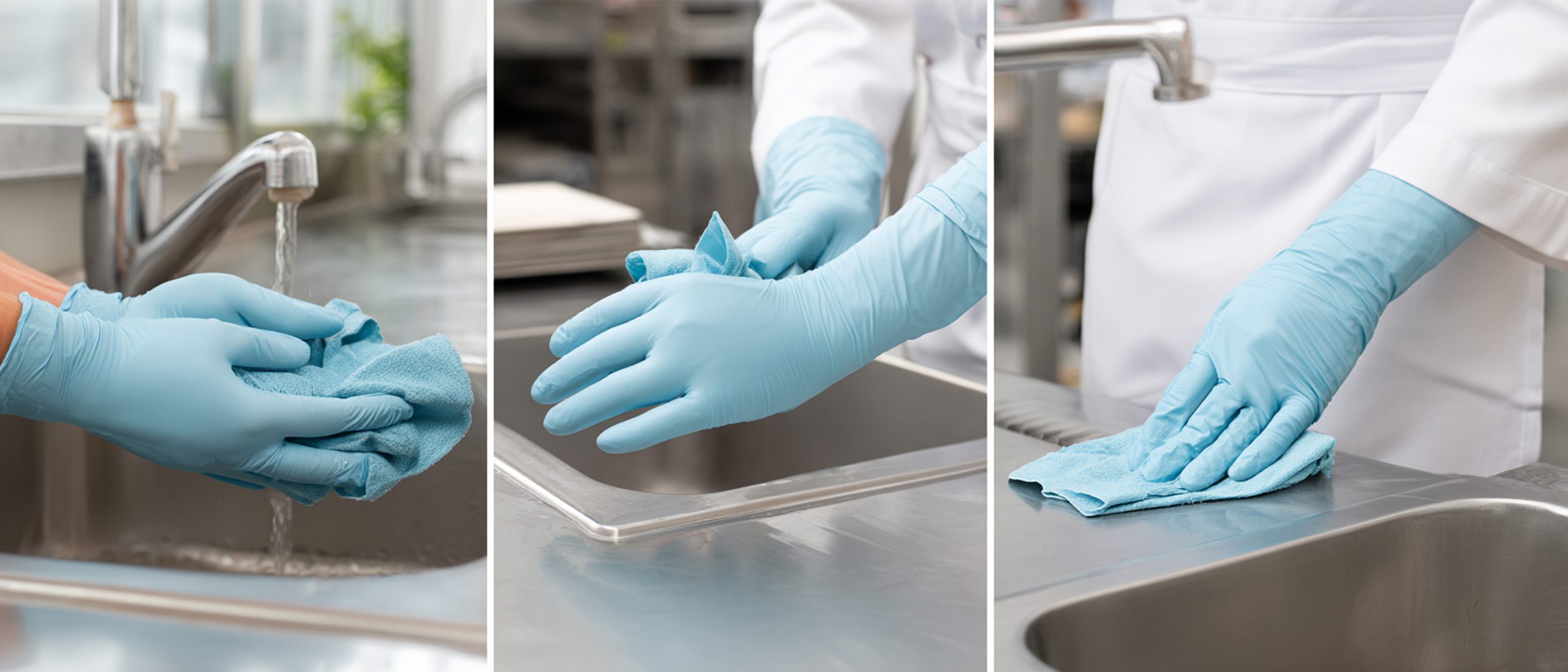
How to Put on Gloves (Donning)
- Hold the glove at the cuff and carefully insert your hand, ensuring all fingers fit comfortably.
- Pull the cuff over your wrist without rolling it, blowing into it, or stretching excessively, which can introduce germs.
- Check for any tears or holes before beginning food handling.
- Repeat the process for the other hand.
How to Remove Gloves Safely (Doffing)
- Pinch the cuff of one glove and peel it off, turning it inside out as you remove it.
- Hold the removed glove in your gloved hand.
- Enter two fingers under the wrist of the remaining glove without touching the outside surface, and peel it off over the first glove.
- Dispose of the gloves immediately in a proper trash receptacle.
- Wash your hands again after removal to ensure no contamination remains.
By following these steps, food service worker protective handwear remain a safe and reliable barrier between hands and food. Proper donning and doffing reduces the risk of spreading pathogens and ensures that gloves contribute effectively to overall kitchen hygiene.
When to Change Gloves
Gloves are only effective when they are clean and intact. Food service workers must change gloves in several situations. They must not be used if they are torn or have developed holes. Food handlers must change gloves while switching between different tasks, such as washing raw meats and cooking vegetables. New ones must replace them after sneezing, coughing, or touching unclean surfaces, and when preparing allergen-free orders.
It’s also recommended to change gloves at least every four hours during continuous tasks, as this leads to the growth of bacteria to dangerous levels. Additionally, gloves should never be washed or reused. Single-use gloves are designed for one-time protection. By changing gloves appropriately, food handlers prevent cross-contamination and maintain food safety throughout service.
Types of Food-Safe Gloves
There are several types of gloves available for food handling, each with its advantages and considerations:
- Polyethylene gloves: Thin, light-duty, and suitable for tasks like sandwich assembly or handling pre-cooked foods.
- Latex gloves: Durable with a strong barrier against pathogens, but can trigger allergies in some workers or customers.
- Vinyl gloves: Latex-free alternative, but may contain chemicals that can migrate into food if used improperly.
- Nitrile gloves: Highly durable and versatile, a preferred latex-free option in many kitchens.
Selecting the right glove type, ensuring proper fit, and using them correctly are crucial to maintaining hygiene and protecting food safety.
Integrating Gloves Into Comprehensive Food Safety
Food service worker protective handwear are most effective when used as part of a larger food safety system. This includes thorough handwashing, surface sanitization, proper food storage, correct cooking temperatures, and careful handling of allergen-free foods. Gloves should never be seen as the only protective measure. They complement other hygiene practices to reduce the risk of contamination.
By following these procedures, food handlers can ensure ready-to-eat foods remain safe, minimize cross-contact, and maintain a clean, compliant kitchen environment that protects both customers and staff.
Mastering Glove use for Safe Kitchens
Gloves play a vital role in the fight against foodborne illnesses. When used correctly, they prevent contamination, support safe handling of ready-to-eat foods, and help maintain high kitchen standards. Remember that gloves must be paired with handwashing, proper food handling, and regular glove changes to be truly effective. By understanding and implementing these best practices, food service workers contribute significantly to customer safety and food quality.
Upgrade Your Food Safety Knowledge
Knowing how and when to use gloves is essential, but professional certification takes your skills to the next level. Enroll in a food manager certification program with AAA Food Handler to learn advanced hygiene practices, allergen management, and safe food handling strategies.
Protect your team, your customers, and your kitchen with knowledge that counts!
